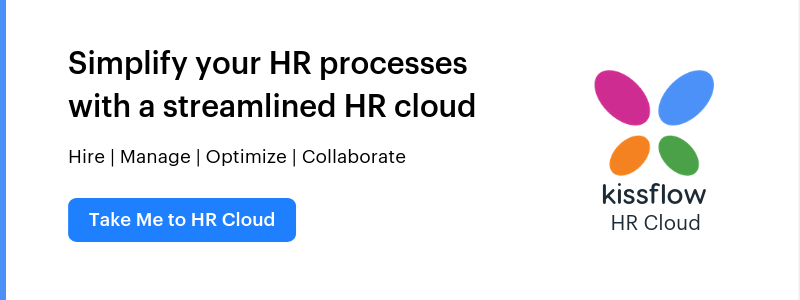The employee offboarding process is one of the most deceptively difficult processes to manage. What should be a breeze can end up in a nightmare situation if you don’t handle it perfectly every time. When there’s no margin for error, you need an offboarding software that makes sure nothing falls through the cracks.
What does offboarding mean?
The employee offboarding process is the sequence of tasks that has to happen when a team member leaves the organization, either by resigning, retiring, or being let go. No matter what the situation is, there are certain things that need to happen every time.
These might include:
- Setting up any knowledge transfers
- Processing outstanding expense reports
- Reviewing departure policies and NDAs
- Hosting a send-off party
- Conducting an exit interview process…and many more.
Some of the most important parts of the offboarding process also include how IT assets are handled and removing email and cloud-based software accounts.
Best practices for employee offboarding
To do a great job managing the offboarding process, you have to set out clear goals.
Your employee offboarding process should ideally:
- Help the organization grow wiser in hiring and how staff are treated
- Maintain a positive relationship with departing employees
- Make sure the regular flow of business is not interrupted
- Protect company physical and knowledge assets
- Ensure compliance with any certifications and security measures
Using checklists and templates to handle the employee offboarding process
An offboarding checklist is a good strategy, but there are many holes, especially for people who want to make sure it is done right every time.
The biggest liability is that a checklist must be managed by an individual. Unless there is one person who is responsible for making sure every mark gets ticked off, the list won’t be followed. This gets complex in employee offboarding when you have multiple people involved. There are tasks for the finance team, the HR team, management, and IT. With so many people who have to do things, unless you have one person driving the whole process, there will be gaps.
But most HR directors don’t have enough staff sitting around with nothing to do who can handle managing the offboarding for every individual. There are too many other important tasks for them to handle.
The other major challenge of using an offboarding checklist is there are so many conditional tasks in the offboarding process. For example, if it is a retirement, you want to set up a party for the person. But if they are being fired, usually cake and punch are not in order. Similarly, some senior staff may have access to certain files that junior members do not.
To accommodate for all of these conditional tasks, you either need separate checklists for each situation (which makes it extremely difficult to maintain), or one super long and complex offboarding checklist or exit interview templates.

Diligent HR managers need a different option.
Automating the offboarding process
When HR leaders use automation in employee offboarding, they create a detailed form and a sequence of tasks that must be completed from start to finish.
HR Automation tools lets HR leaders tackle the first problem of responsibility. Offboarding checklists make one person responsible for getting tasks done. Employee offboarding software, on the other hand, puts the system in charge. All you need to do is set up the workflow, customize the process, and add stakeholders.
The system will enforce consistency and ensure that each person completes the task assigned to them. This allows HR teams to focus on value-added tasks and step in only when there is a problem or delay in the process. Otherwise, the system takes the responsibility of pushing the process along.
Benefits of employee offboarding software
-
In addition to all of this, HR leaders can process employee offboarding much faster than before. Each person in every department is notified at the right time and everyone is given all the information they need to do their work.
-
Automated offboarding software has far fewer errors because humans aren’t involved in as many of the data steps and the system takes care of remembering when tasks need to happen. So, final salaries and reimbursements can happen easily and effortlessly.
-
Overall, your HR team will be happier and more confident in the employee offboarding process than ever before.
Employee offboarding made simple with Kissflow HR Cloud
If you’re looking to gain more control over your offboarding process without stressing out your HR team, try HR automation. You don’t need to find niche HR automation tools, an all-in-on HR suite like Kissflow HR Cloud can make your offboarding process silky smooth.
Kissflow’s HR cloud allows you to craft a pleasant and automated offboarding experience without little to no human effort. It automates all offboarding-related activities, sends all necessary documents automatically, and enforces policy compliance improving accuracy and lowering any chance for compliance issues.
Sign up for a free trial of Kissflow HR Cloud and make offboarding painless for everyone involved.









.webp)



